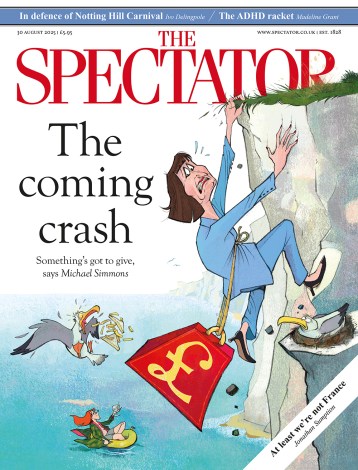Opera review: Longborough’s tiny stage takes on the Ring – and wins
There are no two ways about it: Wagner’s Ring cycle, the biggest challenge that any opera company can face, has been mounted with triumphant success in Longborough, and now presumably has been laid to rest. Nine years ago, at the Cambridge Arts Theatre, I saw the first attempt to stage it, in Jonathan Dove’s drastically cut version, and with skeletonic orchestration, and though there was some decent singing, on the whole I was unimpressed. I couldn’t believe that during the course of the following decade Martin and Lizzie Graham would succeed in turning a large chicken shed in Gloucestershire into a comfortable theatre, seating more than 400 spectators, and with















